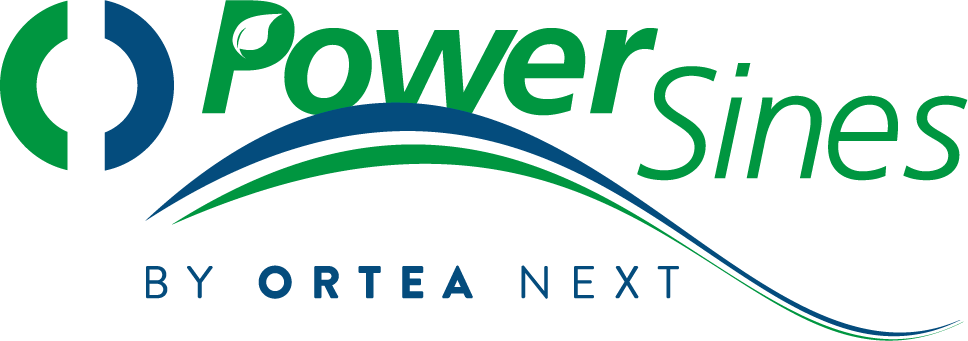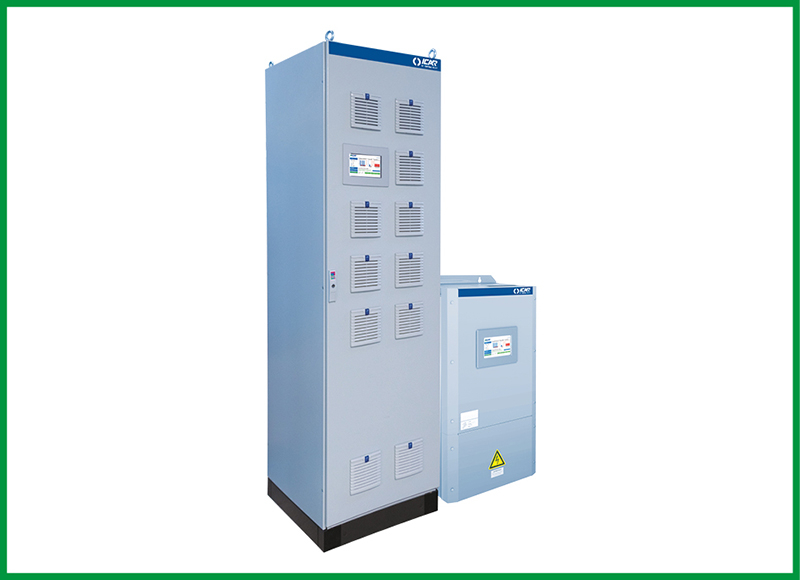Today’s industrial plants are evaluated on the basis of maximising production continuity, a goal that is achieved by increasing process automation. This evolution involves the increasing integration of electronic and IT equipment in production lines, devices that are particularly sensitive to power quality. Measuring Power Quality therefore becomes essential.
Power Quality and equipment damage
In order to maintain high production performance, it is crucial that industrial plants are supplied with good quality power, both in terms of continuity and in relation to their intrinsic characteristics. In fact, major unplanned outages, malfunctions and damage to equipment and electrical infrastructure are often the result of sub-optimal power quality.
Studies indicate that approximately 80 per cent of disturbances related to poor Power Quality are generated within the user’s installation. These are mainly caused by non-linear loads, such as inverters and other electronic equipment, which introduce harmonics into the grid. Similarly, high power loads can create disturbances. The remaining 20 per cent of disturbances originate from the grid, i.e. the energy supplier.
How to measure the Power Quality of your installation
Measuring the power quality of your electrical installation is a complex procedure. It is essential to determine whether problems originate from “upstream” or “downstream” and then identify the exact circumstances under which they arise. This requires accurate measurements, or rather, detailed measurement campaigns, which often require the involvement of several experts, such as an electrical measurement specialist, a power quality solutions expert and the company’s operations team.
The measurement campaign is a key element in addressing power quality problems. It is the first step in the investigation and can lead to ineffective solutions if not performed correctly. It is essential to interact with those who have in-depth knowledge of the system and the problems encountered.
The procedure for measuring power quality also includes document checks, examination of the electrical diagram and verification that the latter is up to date. Analysing electricity bills for an entire year can provide valuable information, as can consulting any supervisory systems. Before starting measurements, it is advisable to inspect the plant to obtain information from the real context
Important information can be gathered from a “sensory” point of view, by sight (state of the machinery, presence of evidence of short circuits, overloads, overheating, presence of pollution of possibly conductive dust, etc), by ear (humming in the cabinet, and their trend as a function of active loads), and by “feel” (cabinet temperature, humidity).
Decisions on where, when, for how long and with which instruments to measure power quality are crucial. Choosing the wrong place or the wrong time can make measurements irrelevant, making it necessary to start from scratch.
Ortea measures the Power Quality of your plant
Ortea offers dedicated services to measure power quality in various plants, helping companies identify problems and find solutions to improve their power quality.
At this point, the picture should be clear and it will be necessary to think about:
- Where
- When
- For how long
- Which measurements to take and with which instruments
The choice is fundamental and strategic, since the measurements must provide the useful data on which to reflect to solve the problem. Measuring should not be overdone, risking complicating the problem with a volume of data to be analysed and managed that can become unnecessarily embarrassing.
Where: establish in which points of the system the measurements are to be performed: at the terminals of the disturbed loads, at the terminals of the disturbing loads, just downstream of the MV/LV transformer, etc. In systems with complex topology, the choice of where to take the measurement is fundamental; making a mistake in the measurement point means having to “throw away” all the measurements previously taken and starting again from scratch.
When: at full load (or during start-up of the main loads) if the maximum current and voltage harmonic distortion and/or the minimum voltage is to be measured. With minimum load (e.g. evening hours) if possible voltage variations beyond the nominal value are to be evaluated. In the case of problems encountered during certain processes or system states, measurements should be conducted reproducing these conditions.
For how long: measurements aimed at identifying max THDI and max THDV can take less than an hour, if carried out when the system is at maximum load. On the other hand, measurements aimed at voltage or power profiling should be conducted for at least one full week (CEI EN 50160). Statistically based investigations (e.g., voltage gap counts and their duration and depth characteristics) need a continuous measurement of at least a few months.
Which measurements to take and with which instruments: this depends on numerous factors; it is not possible to generalise. It is a case-by-case assessment; the value added lies in the skill of the electrical measurement experts.
Ortea is able to carry out Power Quality measurement services in both industrial and tertiary power systems, aimed at the identification of voltage/current distortion problems or slow/rapid voltage variations, with subsequent identification and technical/commercial proposal of power factor correction, filtering and stabilisation solutions.







